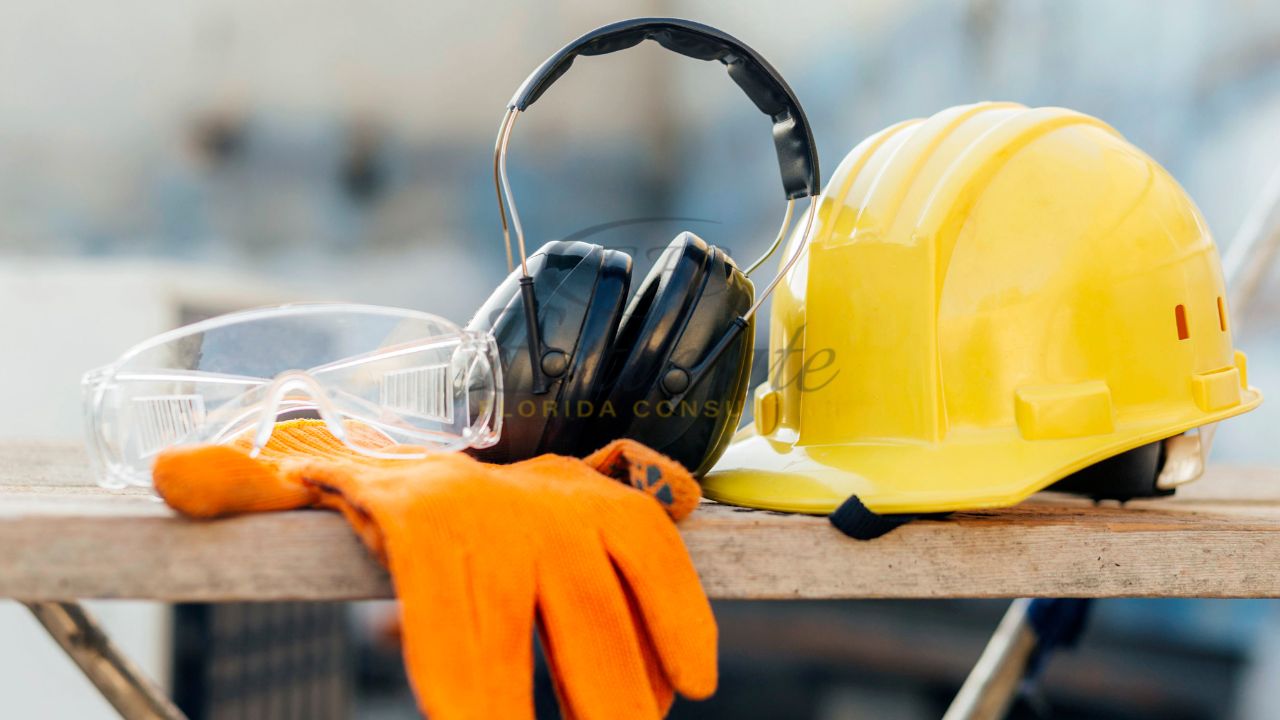Construction Site Safety: How to Prevent Injuries on the Job?
Construction site safety is essential for protecting workers from injuries that can lead to serious health issues and costly disruptions. In 2023, there were 5,283 fatal work injuries, with a rate of 3.5 fatalities per 100,000 full-time equivalent workers. This alarming statistic highlights the importance of taking safety measures seriously on construction sites.
Preventing these injuries not only saves lives but also reduces project delays and legal liabilities. This article aims to discuss strategies for preventing construction site injuries and creating a safer work environment for all.
Common Causes of Injuries on Construction Sites
To better understand the risks on construction sites, it’s important to recognize the common causes of injuries. Here are some of the most frequent causes of injuries in the construction industry:
- Falls: Falling from heights or slipping on surfaces is a leading cause of construction injuries. Using guardrails, scaffolding, and proper footwear can prevent such accidents.
- Equipment accidents: Heavy machinery or improperly handled tools can cause severe injuries. It’s critical to ensure all equipment is maintained and operators are well-trained.
- Lifting and repetitive motion injuries: Lifting heavy materials or performing repetitive tasks strains muscles and joints, often leading to long-term injuries like sprains and strains. Workers should use proper lifting techniques and rotate tasks when possible.
- Electrical Hazards: Exposed wires, electrical malfunctions, or improper grounding can lead to electrocution or burns. Regular inspection of electrical systems and safety training can help prevent such accidents.

Risks of Supplies Movement and Employee Vehicles
Job-related travel injuries extend beyond workers’ movements between sites. The transportation of supplies, materials, and equipment on trucks, as well as the use of employee cars for commuting, creates additional risks.
Trucks carrying heavy construction materials or equipment are particularly vulnerable to accidents, especially when the load is improperly secured or the driver is fatigued. Similarly, employees using their personal vehicles to travel between job sites are also at risk of road accidents due to factors like poor driving conditions, long hours, or distractions.
If injuries occur during these travel-related incidents, workers should seek legal guidance from a Fort Lauderdale car accident lawyer to understand their rights and explore options for compensation.
Key Safety Practices to Prevent Injuries
Implementing key safety practices is essential to preventing injuries on construction sites. Here are some of the most effective safety measures:
Proper Training
Ensuring all workers receive comprehensive safety training is crucial. They must be educated on how to operate equipment safely, handle hazardous materials, and respond to emergencies. Proper training helps workers understand potential hazards and how to avoid them, making it one of the most effective ways to reduce injuries.
Personal Protective Equipment (PPE)
Wearing the right PPE, such as helmets, gloves, safety boots, and high-visibility vests, is vital for worker protection. These protective garments reduce the risk of injury from falls, flying debris, or machinery accidents. Employers must ensure that all workers are equipped with the necessary PPE for their specific tasks. Ensure fire safety systems are also in place for a warehouse.
Regular Inspections
Frequent site inspections allow for the early identification of potential hazards. Inspections help spot unsafe conditions, such as damaged scaffolding or hazardous materials, so they can be addressed before accidents occur. Regular checks ensure that safety standards are maintained throughout the project.
Safe Equipment Usage
Maintaining machinery, tools, and equipment in good working condition is essential to prevent malfunctions that could lead to injury. Regular maintenance and servicing reduce the risk of breakdowns, ensuring that equipment operates safely and efficiently on the job site.
Clear Signage and Barriers
Using clear signage, barriers, and warning systems is crucial for alerting workers to hazardous areas. Proper signage ensures that workers are aware of potential dangers, such as electrical hazards or construction zones, allowing them to take necessary precautions and avoid accidents.
Endnote
Construction work involves certain risks, both on-site and during job-related travel. Whether workers are moving materials or traveling between job sites, it’s important to consider every safety detail.
Planning for safety early can help protect the project and the people involved. If an accident occurs due to oversight or lack of preparation, it’s important to seek legal support. Taking steps to ensure safety and knowing where to turn in case of an incident can help prevent further complications.

